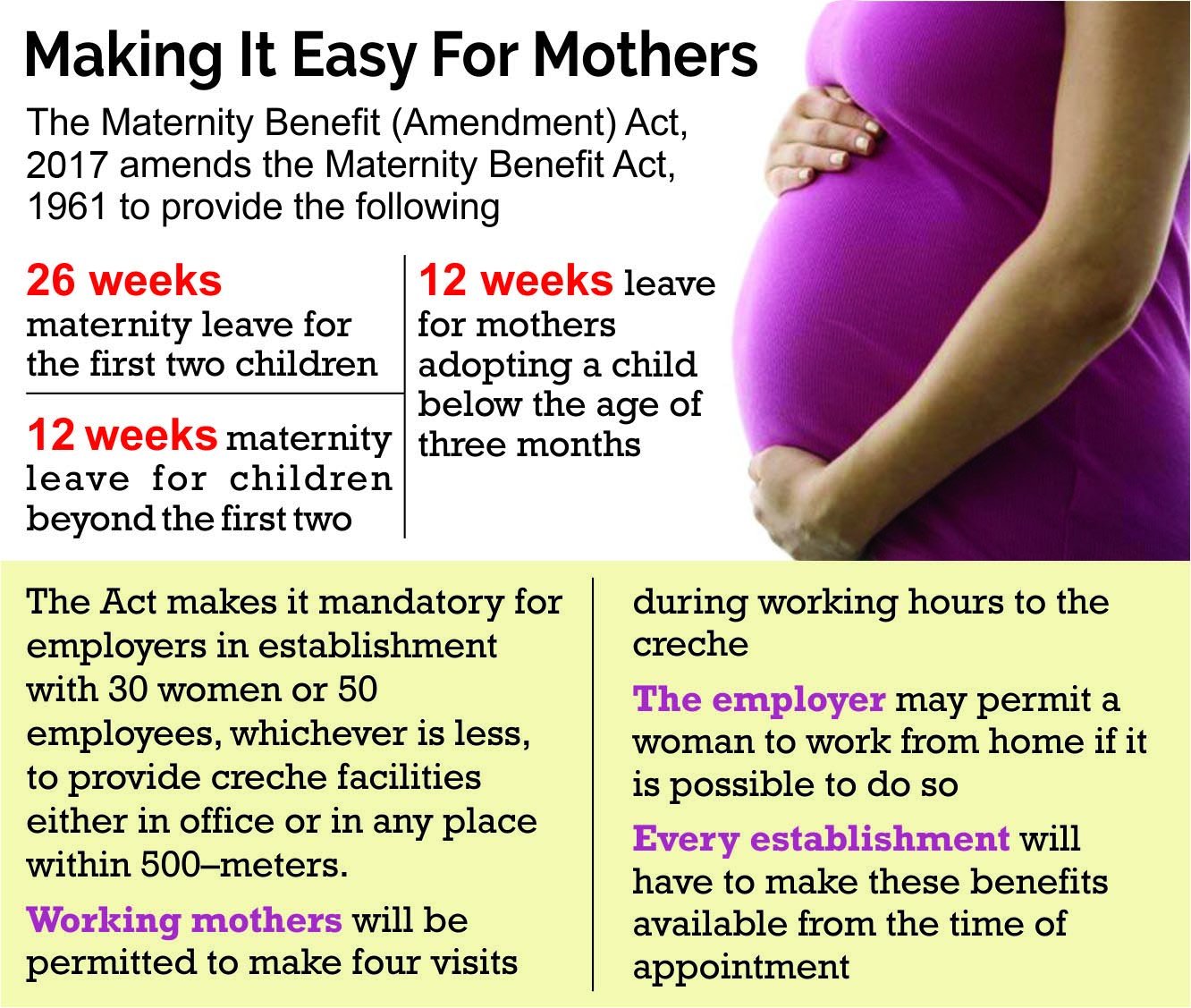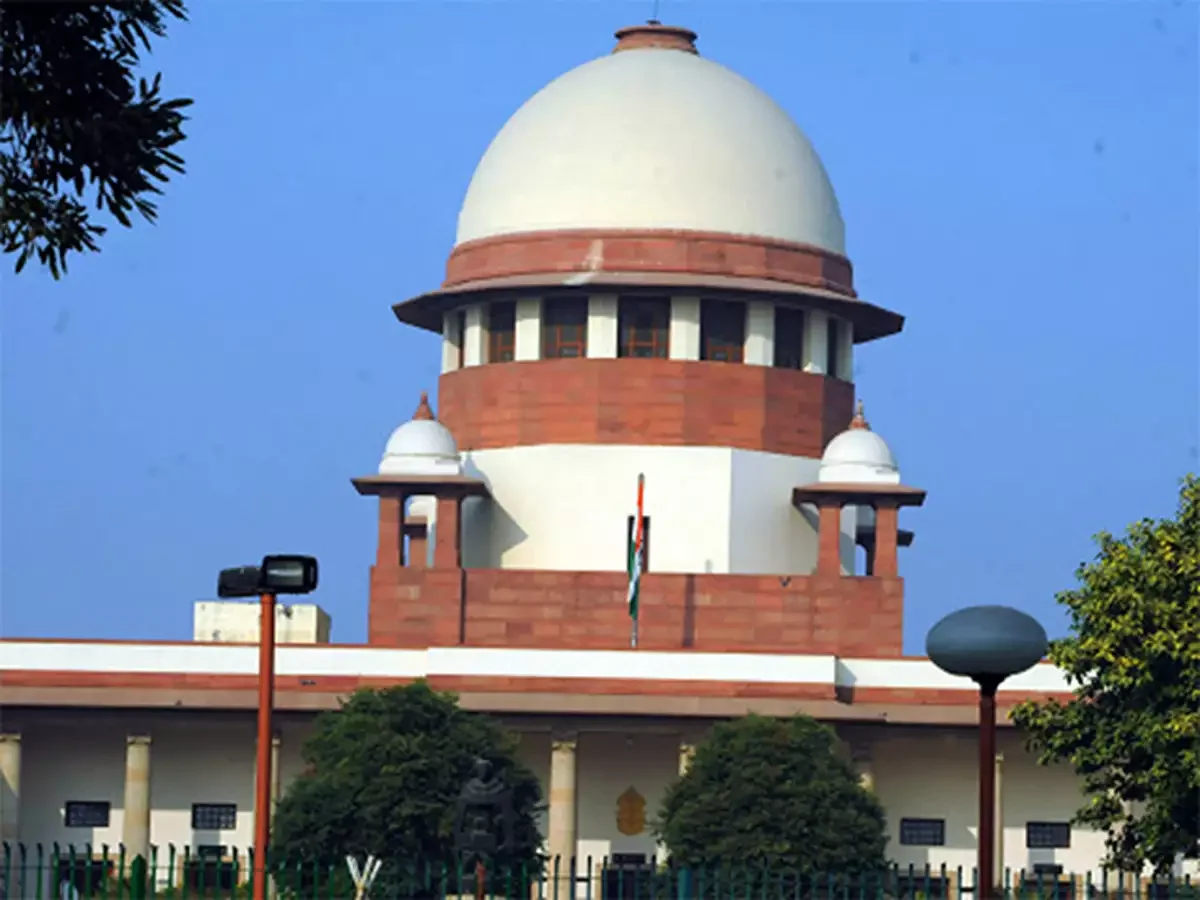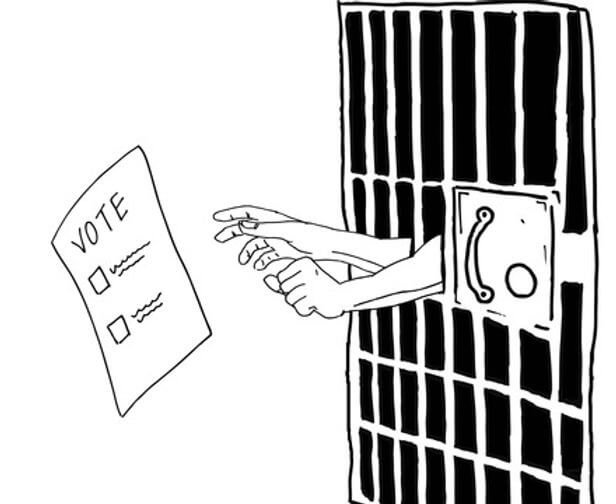
Implementing the Street Vendors Act (SVA)
Subscribers of "Current Affairs" course can Download Daily Current Affairs in PDF/DOC
Subscribe to Never Miss an Important Update! Assured Discounts on New Products!
Must Join PMF IAS Telegram Channel & PMF IAS History Telegram Channel
- Context (TH): Even after a decade of passing SVA, there have been numerous challenges in its implementation.
- SVA was celebrated as a progressive legislation.
Challenges in the Implementation of the SVA
Administrative Challenges
- Increase in harassment and evictions of street vendors despite the Act’s emphasis on protection and regulation.
- Outdated bureaucratic mindset views vendors as illegal entities.
- Lack of awareness and sensitisation about the Act among state authorities, the public, and vendors.
- Limited influence of street vendor representatives in Town Vending Committees (TVCs), often remaining under the control of local city authorities.
- Tokenistic representation of women vendors in TVCs.
Governance Challenges
- The current urban governance mechanisms are weak and inadequate, highlighting the urgent need for improvement.
- It is not integrated with the framework established by the 74th Constitutional Amendment Act (CAA) for urban governance.
- Insufficient powers and capacities of ULBs.
- Focus on top-down policies like the Smart Cities Mission on infrastructure development, ignoring provisions for the inclusion of street vendors in city planning.
Societal Challenges
- The prevailing image of the ‘world-class city’ tends to be exclusionary.
- Street vendors are marginalised and stigmatised as obstacles to urban development rather than legitimate contributors to the urban economy.
- Reflection of these challenges in city designs, urban policies, and public perceptions of neighbourhoods.
Way forward
- Decentralization of Interventions: There’s a need to decentralise interventions and enhance the capacities of Urban Local Bodies (ULBs) to plan for street vending in cities.
- Shift from Department-led Actions to Deliberative Processes: It is crucial to shift from high-handed department-led actions to deliberative processes at the TVC level.
- Amendments to Urban Schemes and Policies: Urban schemes, city planning guidelines, and policies need to be amended to include provisions for street vending.
- Need-based Welfare Provisions: The Act’s welfare provisions should help vendors tackle challenges like climate change, e-commerce competition, and income reductions.
- Adaptation in National Urban Livelihood Mission: The Urban Livelihood Mission’s street vendor section should adapt to new realities and encourage innovative solutions.
The SV (Protection of Livelihood and Regulation of Street Vending) Act, 2014:
- The Act defines a “street vendor” as a person engaged in vending of articles of everyday use or offering services to the general public in any public place or private area, from a temporary built-up structure or by moving from place to place.
- Its primary objective is to safeguard the rights of urban street vendors and regulate their activities.
- It was to be implemented with State-level rules and schemes, which are executed by urban local bodies (ULBs) through by-laws, planning, and regulation.
- The Act meticulously outlines the roles and responsibilities of both vendors and various levels of government, providing a clear framework for their interactions.
- It establishes a participatory governance structure through Town Vending Committees (TVCs).
- Street vendor representatives must constitute 40% of TVC members, with a sub-representation of 33% of women SVs.
- TVCs are tasked with ensuring the inclusion of all existing vendors in vending zones.
- It also outlines mechanisms for addressing grievances and disputes.
- It proposes the establishment of a Grievance Redressal Committee chaired by a civil judge or judicial magistrate.
- It provides that the States/ULBs survey to identify SVs at least once every five years.
Significance of street vendors
- Role of Street Vendors: Street vendors constitute about 2.5% of any city’s population and play multifaceted roles in city life, providing essential services, modest income for migrants and the urban poor, and affordable goods for others.
- According to the Ministry of Housing and Urban Poverty Alleviation, there are around 10 million street vendors in India.
- Integral to Urban Life: Street vendors are essential for maintaining affordability and accessibility to food, nutrition, and goods distribution
- They are an integral part of Indian culture. For ex-, Imagine Mumbai without its vada pav or Chennai without its roadside dosa.





![PMF IAS Environment for UPSC 2022-23 [paperback] PMF IAS [Nov 30, 2021]…](https://pmfias.b-cdn.net/wp-content/uploads/2024/04/pmfiasenvironmentforupsc2022-23paperbackpmfiasnov302021.jpg)











